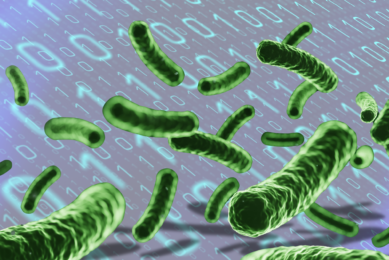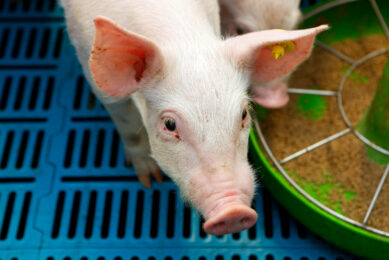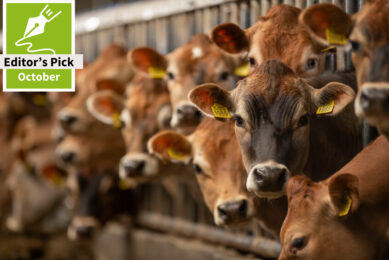ISAPP clarifies definition of probiotics
The International Scientific Association for Probiotics and Prebiotics (ISAPP) released a clarified definition of the term “probiotic” to assist consumers, manufacturers, researchers and regulators.
Probiotics were defined by the FAO/WHO in 2001 as live microorganisms, which when administered in adequate amounts confer a health benefit on the host. This definition is widely acknowledged by the scientific community, but the term "probiotic" remains undefined by most regulatory bodies worldwide. Over the years the FAO/WHO definition of probiotics remains applicable to scientific, industrial and regulatory communities, as long as it is interpreted correctly.
The term "probiotic" is commonly misused both commercially, when the term is featured on products with no substantiation of human health benefits, and scientifically, where the term has been used to describe bacterial components, dead bacteria or bacteria with uncharacterized health effects in humans.
ISAPP promotes correct use of the term "probiotics" to enhance precision for basic and clinical research efforts on probiotics as well as facilitate the work of regulatory bodies concerned with issues of probiotic safety and consumer protection.
When combined with the specifications outlined by the FAO/WHO Working Group for the Evaluation of Probiotics in Food (2002), the key aspects of this definition include:
– A probiotic must be alive when administered
– A probiotic must have undergone controlled evaluation to document health benefits in the target host
– A probiotic must be a taxonomically defined microbe or combination of microbes (genus, species and strain level)
– A probiotic must be safe for its intended use
Although regulations differ internationally, in general, foods and nutritional (dietary) supplements are targeted for the generally healthy population and can carry substantiated claims for both disease risk reduction (if proper approval is obtained) and claims which relate them to general health or the normal structure and function of the human body. Substantiation is required for all claims.
Non food use
The FAO/WHO effort was specifically focused on food uses of probiotics; however, the definition advanced by this group is sufficiently broad to encompass a range of probiotic preparations and intentions of use. In addition to being a food or a dietary supplement, a probiotic microorganism(s), including genetically modified strains, may be used in drug applications (referred in some instances as a live biotherapeutic), microbial feed (animal uses), and live vaccines if administered orally.
Requirements for establishing efficacy and safety for probiotics are different for these categories of probiotics. For example, a probiotic used as a drug must not only fulfill the general FAO conditions stipulated above, but also conform to existing national regulations (e.g., US Food, Drug, and Cosmetic Act and EU Directive 2004/27/EC on substances used for treating or preventing disease) and guidelines on good clinical practices.
Related folder:
Dossier AllAbout Probiotics











